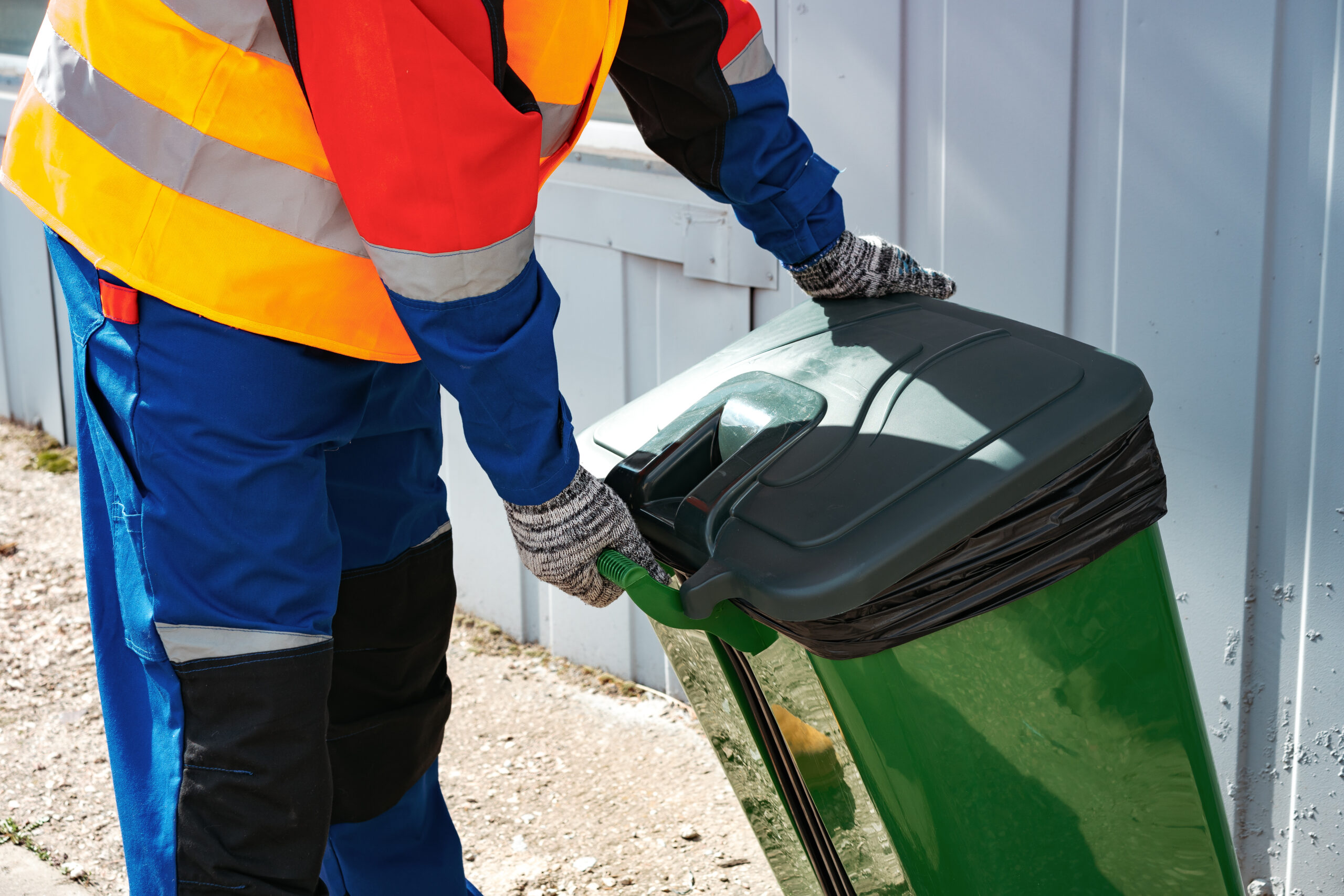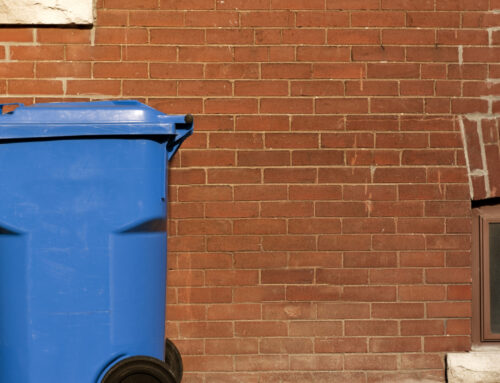
Every day, garbage services workers are out in the community before the sun rises, performing the vital work of collecting, sorting, and disposing of waste to keep neighborhoods clean, safe, and healthy. Their roles are essential for maintaining public hygiene, reducing environmental impact, and ensuring that waste is managed responsibly. While many may overlook this demanding job, understanding a day in the life of a garbage services worker reveals just how much dedication and skill is involved in keeping cities running smoothly.
In this article, we’ll explore what a typical day looks like for these hardworking individuals, the challenges they face, and the important impact their work has on the community.
Starting the Day: Early Mornings and Preparation
For most garbage services workers, the day begins early—often before dawn. Many workers report to their waste management facilities around 4:00 or 5:00 a.m. to start their shifts. There, they gear up with protective clothing, including high-visibility vests, gloves, and sometimes masks, to ensure they’re safe and prepared for the work ahead.
Workers attend a brief team meeting, where they are given their assigned routes, trucks, and responsibilities for the day. The crew might discuss safety tips, address any issues that occurred on the previous day’s routes, and confirm any specific pickups or tasks on their list. Preparing and inspecting the trucks is also an important part of this early morning routine. Workers check the vehicles to make sure they’re in good condition and have all the necessary tools and supplies.
Hitting the Road: Collecting the Community’s Trash
Once everything is set, the team heads out to begin their collection routes. Most garbage trucks have a driver and one or two crew members who help load waste from residential and commercial areas into the truck. The crew must work efficiently to cover each street in a timely manner, which means hopping on and off the truck constantly, lifting and emptying bins, and operating the truck’s hydraulic mechanisms.
Garbage collection is physically demanding work. Workers spend hours lifting heavy bins, handling large bags, and dealing with different types of waste. Weather conditions can add to the challenges; whether it’s freezing cold, sweltering hot, or pouring rain, garbage services workers continue their routes. Despite these conditions, they maintain a steady pace and work diligently to ensure that every home and business on their route is covered.
Different Types of Waste Collection: Trash, Recycling, and Compost
Many cities have separated garbage collection systems, with different trucks for general waste, recyclables, and compostable materials. Workers who handle recycling collection are responsible for picking up materials like paper, cardboard, glass, and certain plastics. These items are taken to a recycling facility where they are sorted and prepared for reprocessing. Recycling helps reduce the need for raw materials, conserves energy, and keeps waste out of landfills.
Those who work with compost collection gather organic materials, like food scraps and yard waste, which are taken to compost facilities. Composting reduces landfill waste and produces nutrient-rich soil that can be used in agriculture and landscaping. Collecting compostable waste often requires careful attention to ensure that only suitable materials are included.
Each type of waste requires a specific handling and disposal process, and garbage services workers need to be knowledgeable about what can and cannot be accepted in each bin. Incorrect sorting by residents—such as putting non-recyclable items in recycling bins—can slow down the process and sometimes damage equipment. Garbage services workers play a key role in educating the public about waste separation by leaving notices on bins that contain incorrect items, which helps improve waste management practices.
Handling Hazardous Situations and Safety Challenges
Garbage services workers often encounter hazards in their daily routines. Broken glass, sharp metal objects, and chemicals can be dangerous if not handled carefully. There’s also the risk of exposure to potentially harmful waste materials, which is why wearing gloves, protective clothing, and sometimes masks is essential.
Traffic is another major concern. Garbage trucks operate on busy roads, and workers must be cautious of passing vehicles, especially on narrow streets or in heavy traffic. Many drivers may not be aware of the garbage collection schedule or may be impatient, leading to dangerous situations. To stay safe, workers are trained to follow strict safety protocols, signal their actions to drivers, and remain alert at all times.
Break Time and Staying Energized
With such a physically intense job, garbage services workers need to refuel regularly. Most workers take short breaks throughout their shifts to stay hydrated, have snacks, and stretch to relieve muscle tension. Some companies provide lunch breaks at the facility, while others allow workers to take breaks on the road. These rest periods are essential for helping workers maintain their stamina and stay sharp throughout the day.
The Importance of Customer Service and Public Interaction
Garbage services workers are often the “face” of sanitation services, interacting with residents as they perform their routes. Many people greet them in passing, and sometimes residents come out to ask questions about waste disposal or thank them for their work. While the job can be demanding, positive interactions with the public can be a source of motivation.
Customer service is an important part of the job, and garbage services workers aim to be friendly and helpful whenever possible. They may answer questions about collection schedules, provide information about recycling, and even go out of their way to help residents move their bins. These small interactions help strengthen the connection between sanitation services and the community, building mutual respect and appreciation.
Unloading the Truck: Processing Waste at the Facility
Once the garbage trucks are full, workers return to the waste management facility to unload. Depending on the type of waste, the truck may be directed to a landfill, recycling center, or compost facility. Unloading requires precision, as the waste is sorted and processed to ensure it’s disposed of correctly. Recycling materials are separated, cleaned, and prepared for further processing, while landfill waste is compacted and covered to reduce pollution.
For garbage services workers, unloading is the final stage of the collection process, but it’s also a crucial step in ensuring that waste is managed responsibly. By the time they finish their route and unload, workers have often completed miles of driving, collected tons of waste, and helped ensure that their city remains clean and safe.
Cleaning and Maintaining Equipment for the Next Day
After unloading, workers return to the facility to clean and maintain their trucks. Trucks are washed to remove any residue, dirt, or debris, which keeps the vehicles in good condition and ready for the next day. Maintenance checks are also performed to ensure that all parts, such as hydraulic lifts and compactors, are working properly. This prevents breakdowns and makes the next day’s work smoother and safer.
Reflecting on a Day’s Work
While the work of a garbage services worker can be physically exhausting and sometimes challenging, many take pride in their contributions. Their efforts go beyond waste collection—they are directly helping to create cleaner streets, healthier environments, and more sustainable cities. For many workers, knowing that their work makes a difference is a source of personal fulfillment and motivation.
Garbage services workers play an essential role in modern life, and their hard work benefits everyone. By ensuring waste is collected, separated, and disposed of properly, they help prevent pollution, promote recycling, and improve public health.
The Heart of a Clean, Green City
A day in the life of a garbage services worker is a testament to the importance of sanitation services in our communities. These workers perform their duties with dedication, often under challenging conditions, to keep our streets clean and our environment safe. The next time you see a garbage truck on your street, remember the hard work and commitment of those behind the wheel, lifting bins, and handling waste responsibly. Hire AAA Sanitation & Garbage Removal to continue their mission of making the world a greener place!
AAA Sanitation & Garbage Removal
79 Business Dr Ste A
Hull, GA 30646
(706) 543-7788
https://aaasanitationco.com/






Leave A Comment